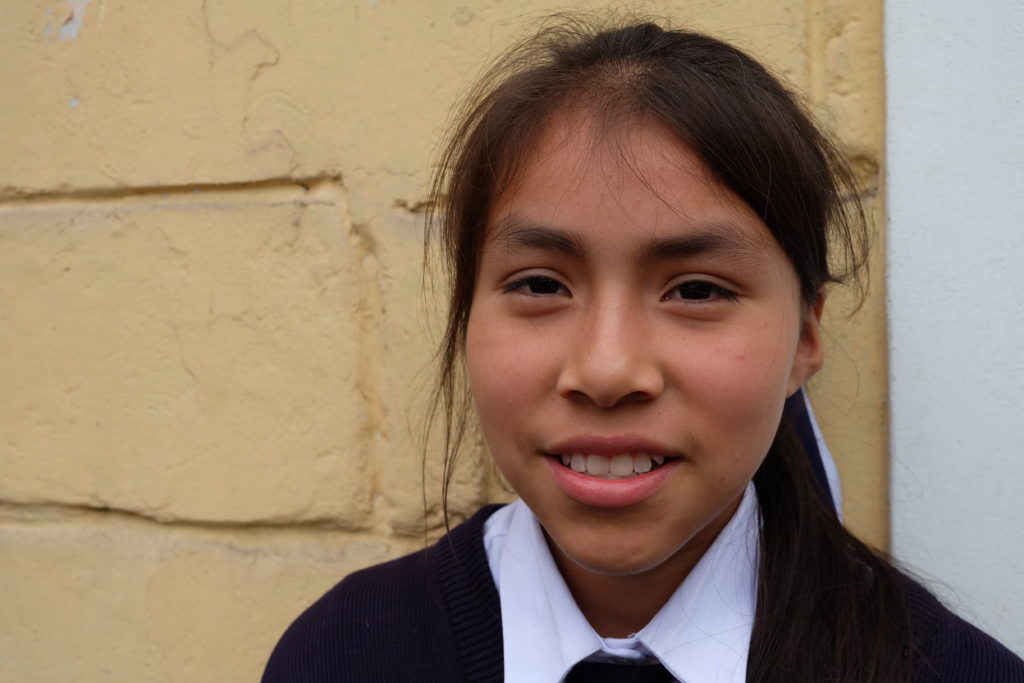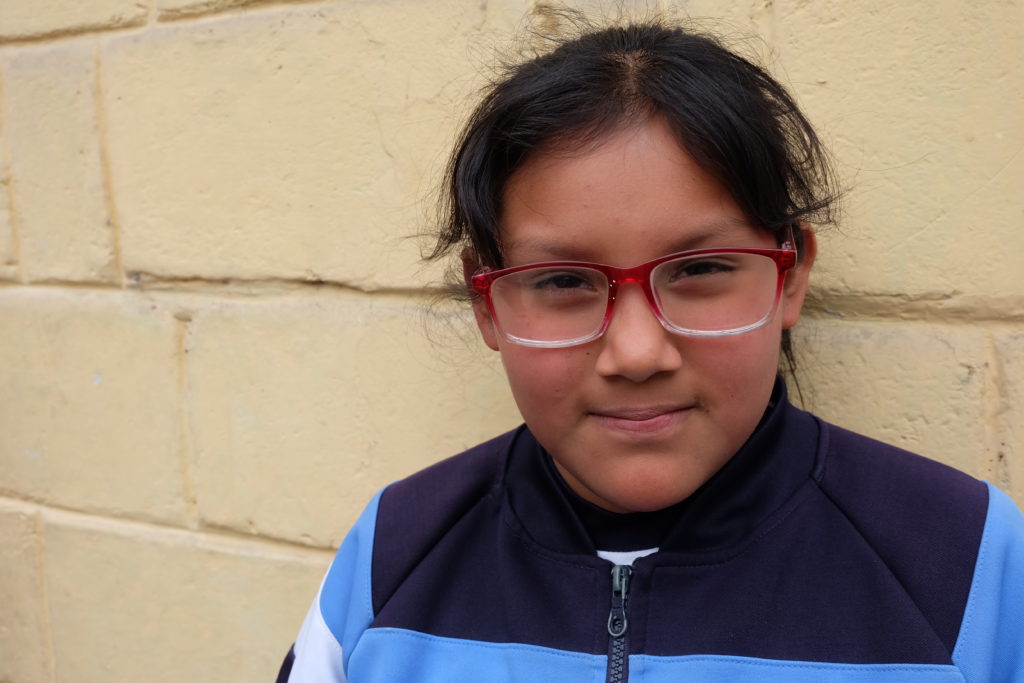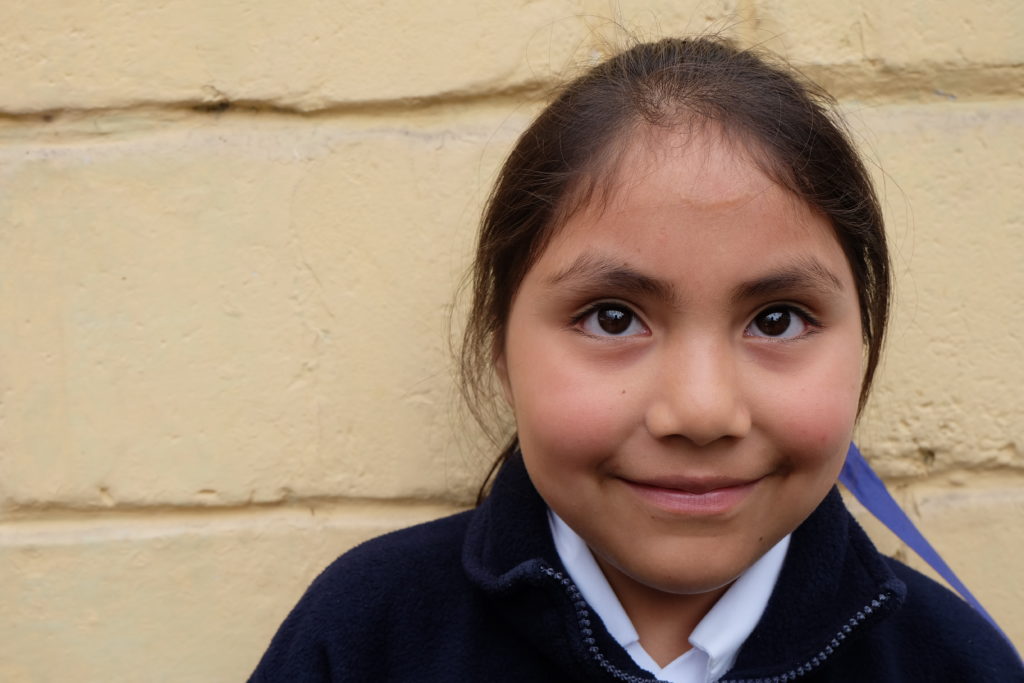facts about The Puente Piedra Girls’ Home:
- Ages served: Girls aged 5 – 22
- Facility description: A large facility consisting of well-kept dormitories, an adjacent school, a new computer lab, library and spacious grounds with gardens, playgrounds and trees.
- Education: The adjacent school teaches core academic subjects for kindergarten through twelfth grades.
- Academic year: Typically begins in March and ends in mid-December. Students enjoy summer break from mid-December through the end of February as well as a short winter break in July.
- Boarding: Most of the girls live at the orphanage compound (either because they have no known relatives or because distance, poverty or neglect make it impossible to stay with family), but others live at home and commute to the home each day.
- Extracurricular activities: In addition to school-related activities, the girls assist with chores around the orphanage and participate in outdoor recreational activities such as volleyball.
- Nutrition: Three nutritious meals are served each day.
Located along South America’s central-western coast, Peru comprises arid Pacific coastlands, spectacular mountain ranges and the vast Amazon rainforest. This land has been home to indigenous peoples for thousands of years, including the Inca Empire, the culture that constructed Peru’s most iconic landmark, Machu Picchu. Peru’s rich culture, breathtaking beauty and wealth of natural resources, however, belie the abject poverty in which many of its residents live. Many rural areas are still recovering from the Sendero Luminoso terrorist attacks of the 1990s, which claimed countless lives and caused thousands of families who had relied upon agriculture for generations to seek shelter in large cities where they encountered even deeper poverty.
While Peru as a whole suffers from high unemployment, hyperinflation, and all the difficulties that poverty entails, problems like disease, malnutrition and crime are most pronounced in its overcrowded urban areas. These problems are worst in the nation’s capital, Lima. For this reason, the Puente Piedra Girls’ Home serves as a beacon of hope. An order of nuns established the home in an effort to stem the effects of poverty on impoverished children of this region. Through the provision of basic needs, shelter and a well-rounded education, the Puente Piedra Girls’ Home offers these deserving girls an opportunity to rise above the difficult socioeconomic circumstances from which they have come.
Facts about Peru:
- Population:32,917,854 (2020)
- Languages Spoken: Spanish (official) 84.1%, Quechua (official) 13%
- Unemployment Rate: 3.2% (2020)
- Poverty Rate: 20.5% (2020)



